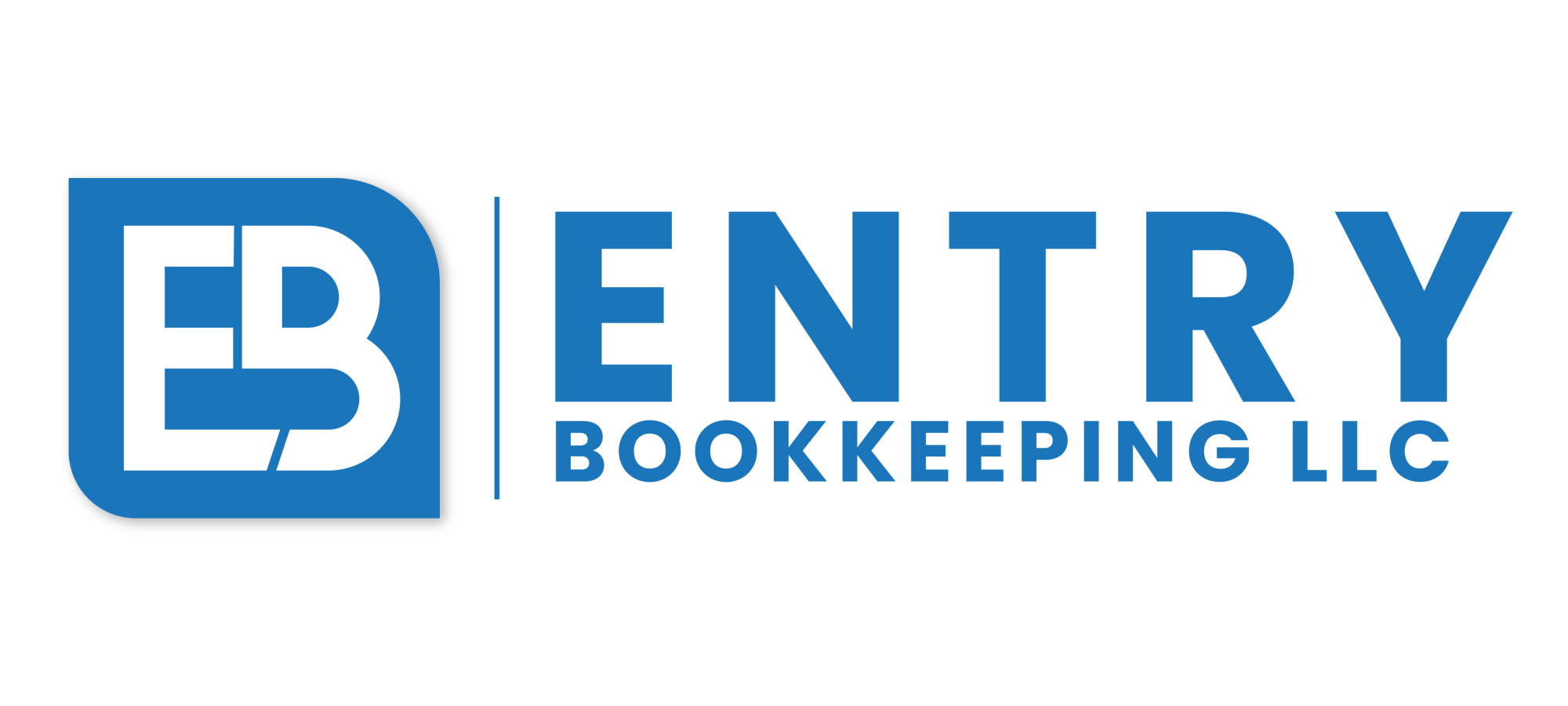The higher the times interest ratio, the better a company is able to meet its financial debt obligations. When a company considers different funding strategies, the TIE ratio provides valuable insights into its ability to pay interest expenses with its current income. A robust TIE Ratio convinces investors of a company’s financial health, potentially leading to more substantial investments. It indicates a company’s earnings might not suffice to cover interest expenses, hinting at potential financial struggles or even bankruptcy. The Operating Cash Flow Ratio measures how well a company can pay off its current liabilities with the cash generated from its operations. Companies that can generate consistent earnings, such as many utility companies, may carry more debt on the balance sheet.
What is Enterprise Value? Definition and Calculation
In contrast, a lower ratio indicates the company may not be able to fulfill its obligation. Thus, it shows how many times of the earnings made by the business will be enough to cover the debt repayment and make the company financially stable and sustainable. To better understand the financial health of the business, the ratio should be computed for a number of companies that operate in the same industry. In turn, creditors are more likely to lend more money to Harry’s, as the company represents a comparably safe investment within the bagel industry. To improve its times interest earned ratio, a company can increase earnings, reduce expenses, pay variable consideration off debt, and refinance current debt at lower rates. As you can see from this times-interest-earned ratio formula, the times interest earned ratio is computed by dividing the earnings before interest and taxes by the total interest payable.
How to Calculate the TIE Ratio?
You’ll better understand whether a high calculation is standard or a one-time fluke if you analyze a company’s results over time. Startup firms and businesses that have inconsistent earnings, on the other hand, raise most or all of the capital they use by issuing stock. Once a company establishes a cash flow statement indirect method track record of producing reliable earnings, it may begin raising capital through debt offerings as well.
Importance of Times Interest Earned Ratio
DHFL, one of the listed companies, has been losing its market capitalization in recent years as its share price has started deteriorating. From the average price of 620 per share, it has come down to 49 per share market price. The Analyst is trying to understand the reason for the same, and initializing wants to compute the solvency ratios. Times Interest Earned Ratio is a solvency ratio that evaluates the ability of a firm to repay its interest on the debt or the borrowing it has made. It is calculated as the ratio of EBIT (Earnings before Interest & Taxes) to Interest Expense.
- If a company has a ratio between 0.90 and 1, it means that its earnings are not able to pay off its debt and that its earnings are less than its interest expenses.
- It gave the investors an idea of shareholder’s equity metric and interest accumulated to decide if they could fund them further.
- Inflationary pressures can further erode profitability by increasing operating costs.
- It is a good situation due to the company’s increased capacity to pay the interests.
- In turn, creditors are more likely to lend more money to Harry’s, as the company represents a comparably safe investment within the bagel industry.
- Again, there is always more that goes into a decision like this, but a TIE ratio of 2.5 or lower is generally a cause for concern among creditors.
TIE and Risk Assessment
A high ratio generally indicates strong financial health, but comparisons with industry peers are essential. With that said, it’s easy to rack up debt from different sources without a realistic plan to pay them off. If you find yourself with a low times interest earned ratio, it should be more alarming than upsetting. By contrast, technology firms, known for rapid growth and innovation, often exhibit higher TIE ratios.
- To calculate the EBIT, we took the company’s net income and added back interest expenses and taxes.
- A business can choose to not use excess income for reinvestment in the company through expansion or new projects but rather pay down debt obligations.
- A high TIE means that a company likely has a lower probability of defaulting on its loans, making it a safer investment opportunity for debt providers.
- It will distort the realistic operations of the business if the company doesn’t earn consistent revenue or it experiences an unusual period of activity.
- The ratio shows the number of times that a company could, theoretically, pay its periodic interest expenses should it devote all of its EBIT to debt repayment.
- The times interest earned (TIE) formula was developed to help lenders qualify new borrowers based on the debts they’ve already accumulated.
Management Decision Making
Companies may use other financial ratios to assess the ability to make debt repayment. The deli is doing well, making an average of $10,000 a month after expenses and before taxes and interest. You took out a loan of $20,000 last year for new equipment and it’s currently at $15,000 with an annual interest rate of 5 percent. You have a company credit card for random necessities, with a current balance of $5,000 and an annual interest rate of 15 percent. Strong revenue growth can boost EBIT and improve the TIE ratio, while declining sales or operational inefficiencies can reduce it.
A TIE ratio of 10 is generally considered strong and indicates that the company has a substantial buffer to cover its interest obligations. Specifically, it means the company’s earnings before interest and taxes are ten times greater than its interest expenses. The TIE ratio focuses solely on interest payments, while the DSCR includes both interest and principal payments, providing a broader view of a company’s ability to cover its debt obligations. The Current Ratio is a liquidity ratio that measures a company’s ability to pay off its short-term obligations with its short-term assets.
Gross Profit Margin measures the percentage of revenue that exceeds the cost of goods sold (COGS), reflecting a company’s efficiency in production and pricing strategies. The Quick Ratio, also known as the acid-test ratio, is a more stringent measure of liquidity compared to the Current Ratio. It excludes inventories from current assets, focusing on the company’s most liquid assets. Lenders may use the TIE Ratio to set borrowing conditions, requiring a minimum threshold to ensure sufficient earnings for interest payments. Falling below this threshold could trigger penalties or loan recalls, making the ratio a critical consideration in loan agreements. This cash-focused approach addresses some limitations of the accrual-based TIE ratio.
Interpreting the Times Interest Earned Ratio
While there aren’t necessarily strict parameters that apply to all companies, a TIE ratio above 2.0x is considered to be the minimum acceptable range, with 3.0x+ being preferred. This can inspire confidence in pursuing opportunistic growth strategies or engaging in mergers and acquisitions, backed by a solid foundation of interest-earning ability. Eliminate annoying banking fees, earn yield on your the american accounting association cash, and operate more efficiently with Rho. Review all of the costs you incur, and identify areas where costs can be reduced. If you can purchase a product through multiple suppliers, you can force the suppliers to compete for your business and offer lower prices.
A well-managed company is one able to assess its current financial position (solvency) and determine how to finance its future business operations and achieve its strategic business goals. A high TIE ratio signals that a company has ample earnings to pay off its interest expenses, which generally denotes strong financial health. On the other hand, a declining TIE ratio raises red flags for both management and shareholders, as it suggests diminishing excess income to service debt.
It also secured favorable loan terms from creditors, further enhancing its growth trajectory. This real-world example underscores the TIE Ratio’s utility in shaping financial decisions and investment outcomes. Companies with variable-rate debt are vulnerable to interest rate fluctuations, as rising rates increase interest expenses and lower the ratio. The maturity profile of debt matters too—short-term obligations with higher interest rates can strain the ratio compared to long-term, fixed-rate debt, which offers more predictability. For example, if a company has an EBIT of $500,000 and annual interest expenses of $100,000, its TIE Ratio is 5 ($500,000 ÷ $100,000).
How to Calculate Times Interest Earned Ratio (TIE)
The TIE Ratio should be evaluated periodically, typically on an annual basis, to track a company’s financial stability and debt management ability over time. To illustrate, if a company’s EBIT is $500,000 and its interest expenses are $125,000, the TIE Ratio would be 4. This means the company can cover its interest expenses 4 times over with its earnings.
Each financial ratio offers unique insights that, when analyzed together, can inform decisions on creditworthiness and investment potential. With our times interest earned ratio calculator, we strive to assist you in evaluating a company’s ability to meet its interest obligations. For further insights, you might want to explore our debt service coverage ratio calculator and interest coverage ratio calculator. A company’s financial health depends on the total amount of debt, and the current income (earnings) the firm can generate. The times interest earned formula is EBIT (company’s earnings before interest and taxes) divided by total interest expense on debt.


